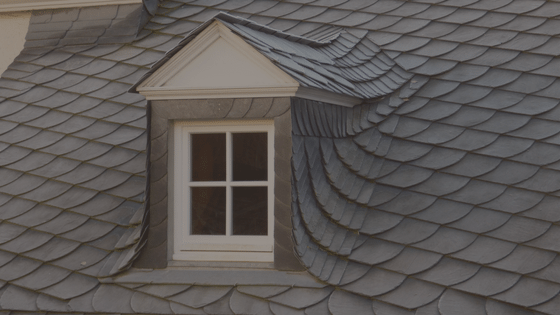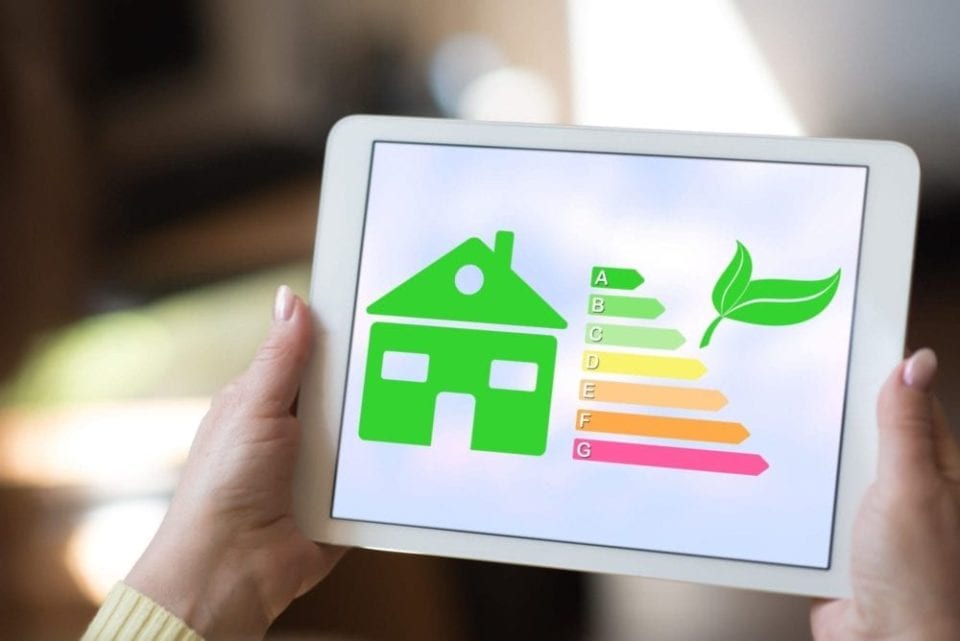When it comes to maintaining the exterior of your home, it’s important to remember your gutters need attention. Gutters extend just beyond the eaves of your roof and are attached to downspouts that carry water to the ground. In order to keep your gutters free of dirt and debris, they should be cleaned regularly. If it’s time to shop for new gutters, here are some things to consider.
Gutter Material
The six main choices of gutter material to choose from include aluminum, copper, galvanized steel, galvalume, zinc, and vinyl.
- Aluminum gutters tend to dominate the market because the metal is corrosion-resistant, lightweight, easy to work with, available in a wide range of colors, and affordable.
- Copper gutters are a little stronger than aluminum, but not by much, especially for the added cost. Most people select copper because it does not mildew like a painted surface. And of course, for the bragging rights!
- Galvanized steel gutters are coated with a layer of zinc, which is strong, but also prone to rust. If you select this option, it is highly recommended that you have them inspected often to prevent clogging and premature rusting.
- Galvalume is steel with a coating of aluminum and zinc. It is durable and has a long-term corrosion-resistance, especially in certain geographic locations.
- Zinc gutters cost much more than aluminum gutters initially, but they have over twice the lifespan, require no paint, and very little maintenance.
- Vinyl gutters are an affordable alternative to aluminum gutters. They come pre-cut, are lightweight, and easy to install.
Gutter Styles
There are several gutter styles, or profiles, to consider when replacing your system. These include K-Style, Fascia, Half Round and European
- K-Style gutters are the most popular shape or profile used today. These five-inch aluminum gutters are also referred to as ogee gutters because of their decorative crown molding appearance.
- Commonly found in the western states, Fascia gutters are generally used on homes where fascia boards have not been installed over the rafter tails.
- Half Round gutters are essentially a half circle, with the open half facing the roof. These gutters tend to overflow easily because they are about half as deep as the K-Style gutters. They also have a flat back so the gutter hangers have to be under the gutter to hold them up.
- Made from natural weathering metals like copper, European gutters have been used for centuries. Their distinguishing feature is a gutter bead that turns to the outside versus the inside of the gutter. They are also typically a half round gutter style.
Gutter Construction
Gutters are constructed in one of two ways, sectional or seamless. As the name implies, sectional gutters are sold in sections. The pieces are usually 10 feet long and snap in place to each other and the downspouts. The main drawback to sectional gutters is the seams eventually leak. Seamless gutters are constructed in one seamless, continuous piece. The sections join only at inside and outside corners. Seamless gutters don’t leak, they can be cut to custom lengths, and are made of aluminum, galvanized steel, or copper.
Once you understand the differences in gutters and have made the decision to replace your system, you can select the color and size that will work for your home. Be sure to care for your new gutter system by having it cleaned twice a year so it can do its job for years to come.












